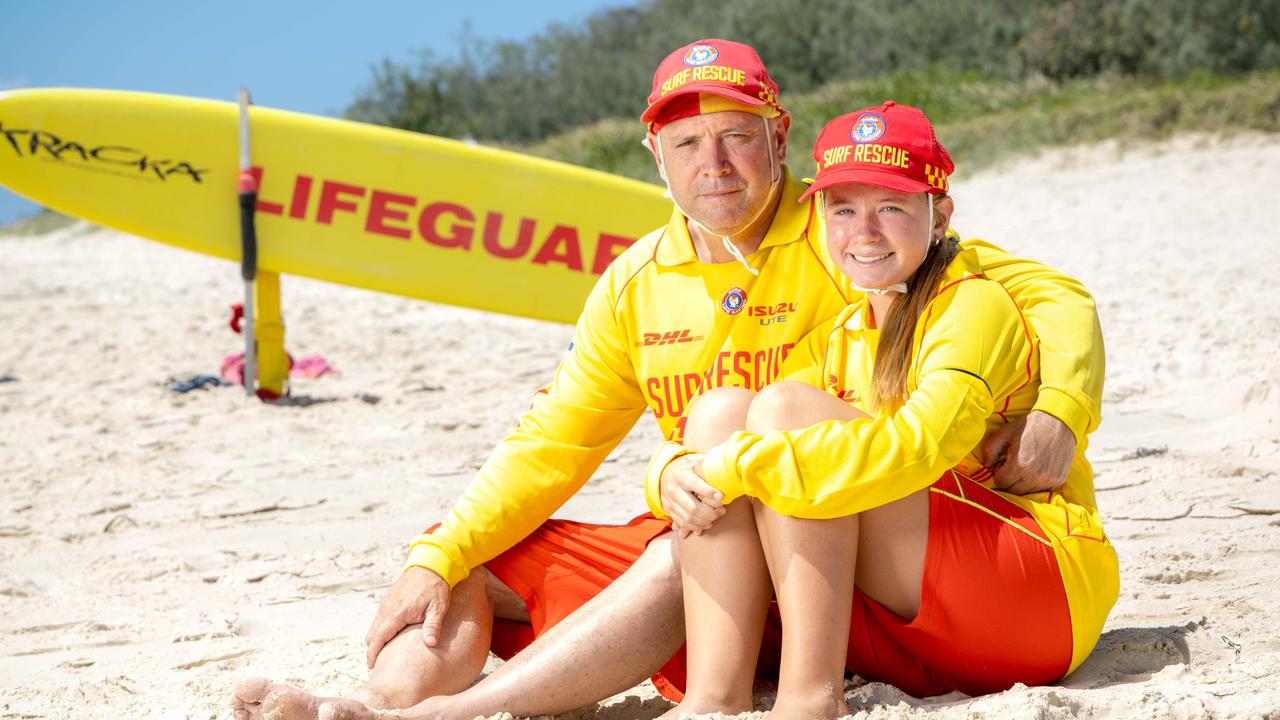Gold Coast company Gilmour Space Technologies signs deal with NASA
QUEENSLAND is leading the way in Australia’s push into the new space race with a local company inking a contract with NASA to develop an experimental rover and put it on the surface of Mars by 2024.
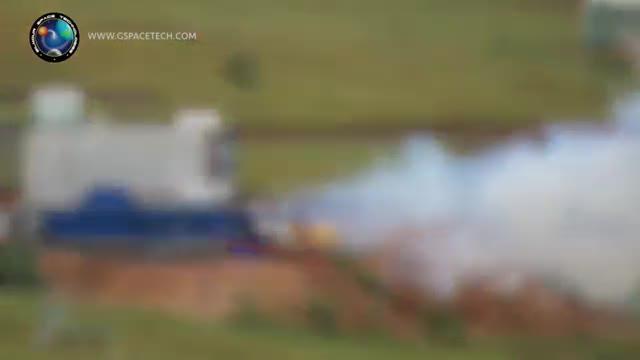
QLD News
Don't miss out on the headlines from QLD News. Followed categories will be added to My News.
A GOLD Coast company has signed a deal with NASA to build an experimental rover and put it on the surface of Mars by 2024.
In an Australian first, Gilmour Space Technologies has entered a Space Act Agreement with the US National Aeronautics and Space Administration for research, technology development and educational initiatives.
Under the agreement, the company will work with NASA to design and build a prototype rover at Kennedy Space Center at Cape Canaveral, Florida, which would be able to extract water from the red planet.
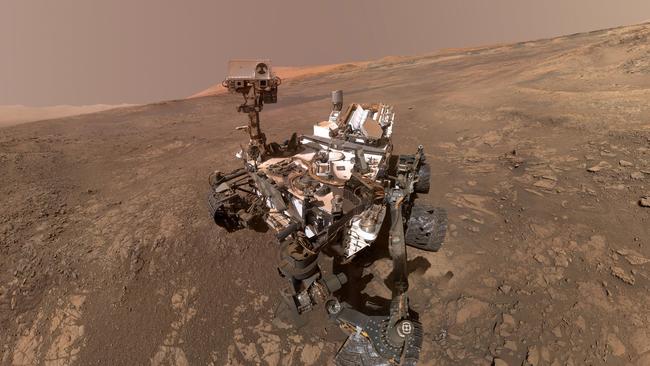
Company chief executive and founder Adam Gilmour told the Gold Coast Bulletin from Singapore that a rover was just one of several projects he wanted to develop with the organisation that put man on the moon.
“In a nutshell it is a working agreement which enables us to do a lot of different development projects with them,” he said.
“We have an umbrella agreement which covers technology, life support systems, propulsion, rocket launches and deep-space missions.
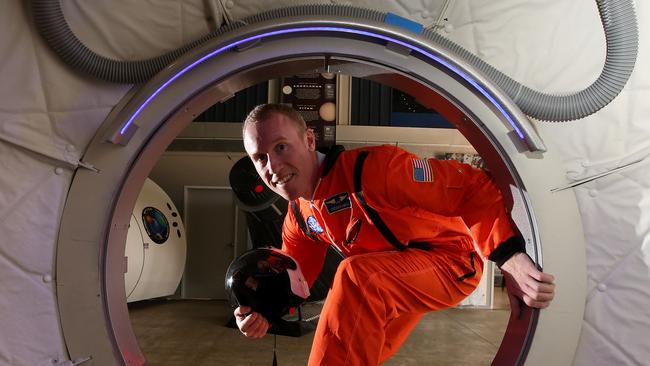
“(A prototype Mars rover) is the first thing we are going to work with NASA on.”
“Extracting water from the surface of Mars is super necessary for manned missions and Space X is counting on this sort of thing for their missions.”
Water on Mars could be used to sustain oxygen for a mission as well as fuel to allow for lift-off from the surface for a return trip.
Mr Gilmour and his brother James presented their work to NASA executives in the US in 2016.
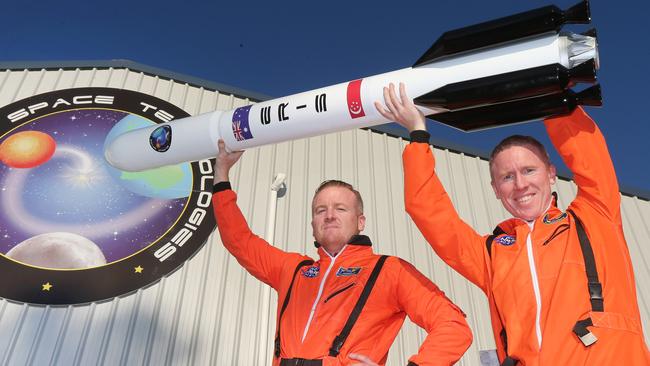
He said NASA had expressed an interest in developing a Mars rover.
Following this meeting they developed an initial prototype and are now developing a second craft with the University of NSW.
The initial prototype was a small device the size of a microwave.
The real one will be closer in size to a ride-on mower.
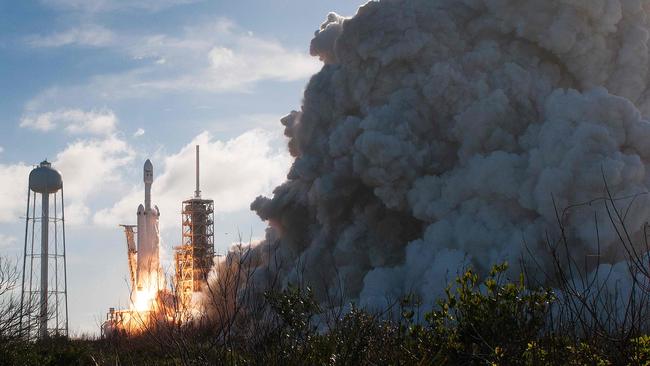
Despite the new deal, Mr Gilmour said his company focus remained on rocket launches and he hoped to use NASA’s facilities at Kennedy Space Center to advance their testing.
“The door is also open to further work including satellite launches and many other possibilities,” he said.
Last month, the company conducted two tests of its first full-scale orbital engine.
The tests, which went to plan, sets the stage for the launch of the first commercial-class rockets into suborbital space by 2019, and low Earth orbit by 2020.
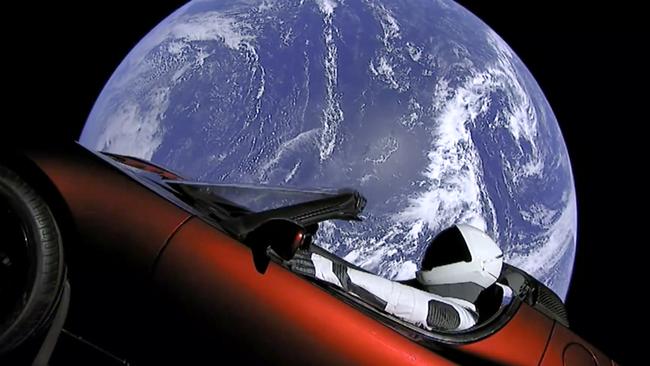
“This agreement means we use NASA assets at a cheaper price in the future.
“We are excited because we want to work with NASA to launch satellites and this is a good start to get that going.”

